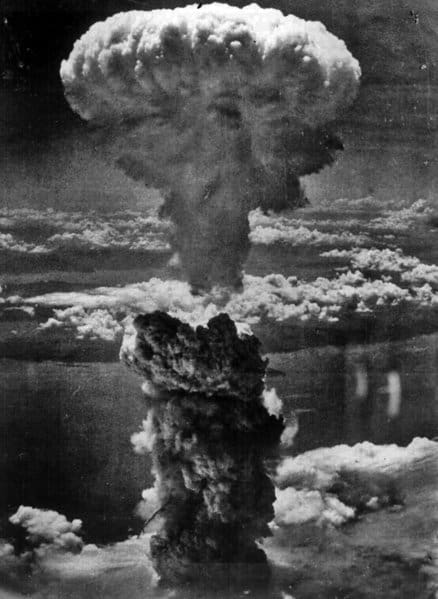
This magazine is a conduit through which technological advances are communicated and, in doing so, it has documented periods in mankind’s history that are horrific and awe inspiring in equal measure. This point was brought to bear in January 1946 when The Engineer reported on the use of atomic weapons against Hiroshima and Nagasaki during the Second World War.
Specifically, 6 August 1945 saw the US drop a 15kt atomic bomb on Hiroshima that wiped out over four square miles of the city, which was around 60 per cent of its total area.
Four days later, a second, more-advanced, 21kt bomb was dropped on Nagasaki, which was afforded a degree of relative protection by its mountainous geographical features.
On 14 August 1945 Japan surrendered unconditionally, bringing about the end of hostilities between Japan and Allied forces. By December 1945, between 90,000 and 120,000 people are estimated to have died as a result of the attack on Hiroshima, which had a population of roughly 330,000. In Nagasaki, a city with a population of 250,000, between 60,000 and 80,000 are thought to have died as a consequence of the atomic strike.
Was the use of atomic weapons worth it? The Engineer was understandably short of any technical detail regarding the construction of the two weapons so set about a discussion that soberly and succinctly discussed the merits of using such force less than a month after a trial bomb was exploded in the US.
Japan’s armed forces were much depleted and the nation itself was on the brink of being invaded. To compound matters, the Soviet Union had declared war on the Japanese in northern China.
Militarily, wrote The Engineer, the atomic bomb only hastened Japan’s inevitable end.
“Nevertheless, to the world at large the news of the dropping of the bomb on Hiroshima brought a feeling of awe. It was at once realised that, working secretly and silently, science had succeeded in unleashing a new destructive force of terrible power, and of terrible significance for the future of mankind. Many people felt that it was a crime against humanity to exploit one of science’s most significant discoveries in this way.
“Undoubtedly, we must all feel regret that the achievements of so many brilliant investigators, the toil of so many workers, the expenditure of so much wealth, should have been applied in an apparently ruthless manner to the destruction of human life.”
Pertinently, The Engineer reminded readers that by 1939 Great Britain, Germany, France, Russia, the US, and Japan were well aware of the possibility of producing a bomb based on nuclear fission.
The Engineer wrote: “The essential scientific facts were common property and their transmutation into practical terms was only a question of time and the expenditure of sufficient industrial effort. It was a race against time between the United Nations and the Axis Powers. It is now known that thanks to the immense resources of the United States the race was won by the Allies.
“By what margin of time it was won will probably always remain unknown. It is, however, quite possible that it was only a question of months. Sooner or later, one side or the other would have produced an atomic bomb. There is surely room for much consolation in the fact that success came first to those who would not, and will not, use it as a means towards securing aggressive world domination.”
Many will argue that the development of nuclear weapons has acted as a deterrent against severe conflicts and, to date, there are an estimated 15,375 nuclear weapons stockpiled around the world. Russia is said to account for 7,300 of these, while the US holds 6,970. The UK has 215, with Pakistan, India and Israel accounting for 130, 120 and 80 nuclear weapons respectively. The world’s nuclear stockpile peaked in 1986 at just over 60,000 weapons but has since steadily decreased.
In 1905, George Santayana wrote in The Life of Reason that “those who cannot remember the past are condemned to repeat it” and, chillingly, US president-elect Donald Trump has used another facet of modern technology, namely Twitter, to state: “The United States must greatly strengthen and expand its nuclear capability until such time as the world comes to its senses regarding nukes.”










McMurtry Spéirling defies gravity using fan downforce
Ground effect fans were banned from competitive motorsport from the end of the 1978 season following the introduction of Gordon Murray's Brabham...